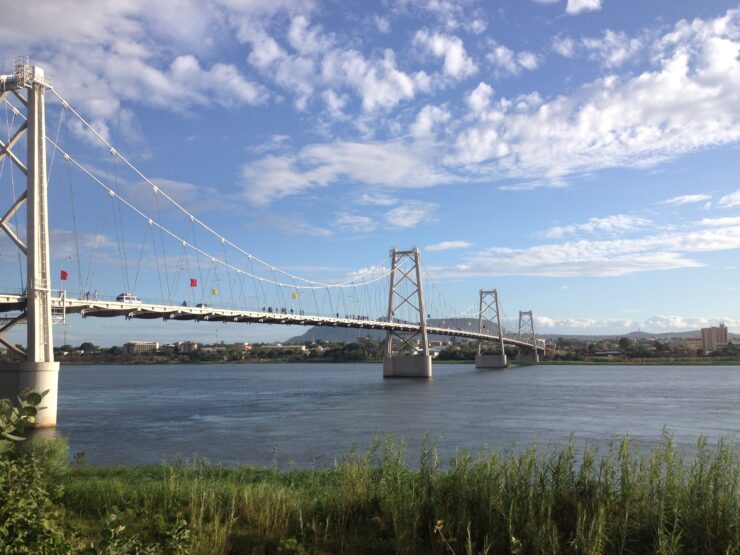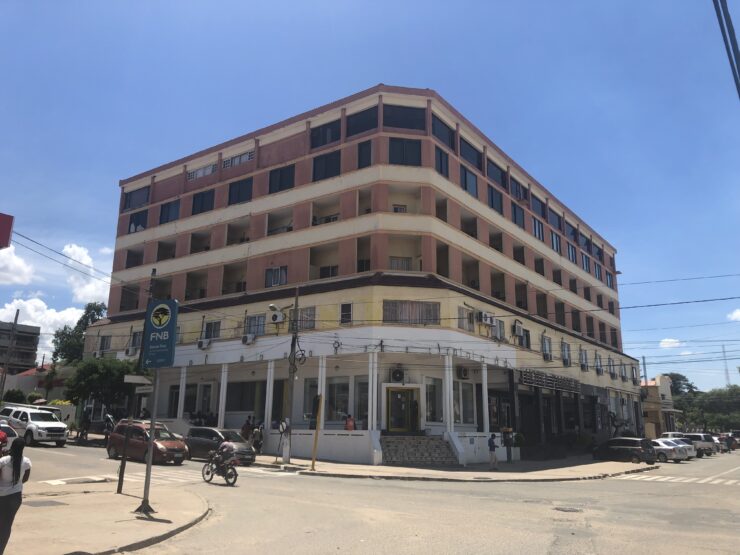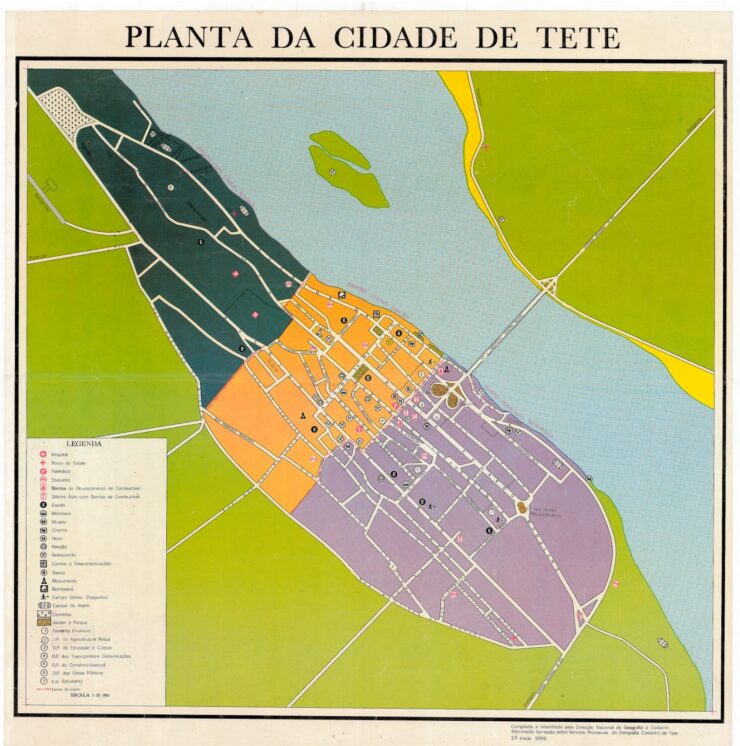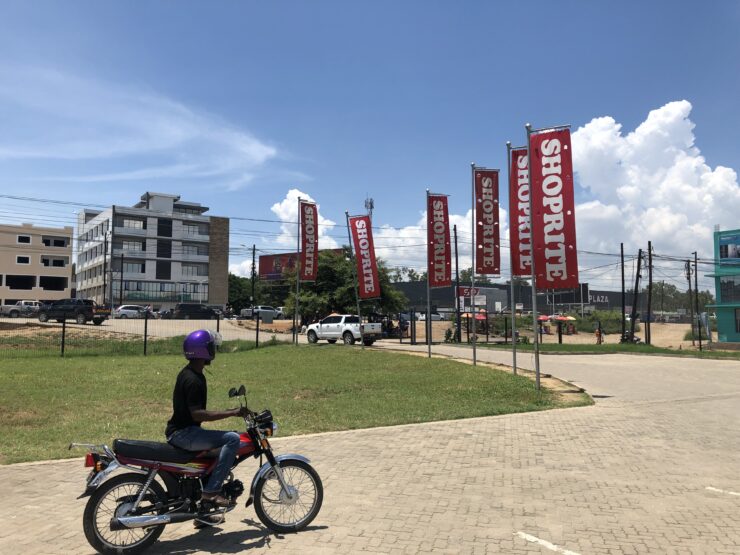News
Blog: Tete city and coal mining

Samora Machel Bridge over the Zambezi River connects two margins of the city. Photo by Hiroyuki Tsuji
Tete is in the central-west region of Mozambique. Tete city is laid along one of the largest rivers in Africa, Zambezi River (In Portuguese, ‘Zambeze’). The city was first developed as a centre of Swahili trade through the river. Nowadays, Tete has become a vibrant urban centre in this region. In the first decade of this century, multinational companies such as Brazilian Vale and Australian Riversdale arrived after discovering massive coal deposits in Moatize District, and the rapid urbanisation process took place.

“Hotel Zambeze” is located at the busy crossroad of the old city centre. Photo by Hiroyuki Tsuji
One resident recalls this booming period when Vale arrived in Tete, “Brazilian people were literary living in the Zambeze Hotel”, an iconic hotel in the heart of Cidade de Cimento (the area where there used to be the Portuguese colonial administration). As there was a lack of accommodations, others started to rent private houses from locals, often through brokers, and this used to cost thousands of US dollars per month or even more.

The other side of the city was largely unexplored before the recent coal boom. Source: Direcção Nacional de Geografia e Cadastro, 2ª Edição 1996
The urban growth led the city to expand. The other margin of Zambeze river used to be bush before the arrival of these firms, but today, it has become a core of urban growth in Tete. Here, we can see many foreign companies’ offices, retail and commercial facilities, and condominiums. Simultaneously, the number of informal houses around Tete city also increased often without access to essential services such as energy and water (especially in the initial phase) as the pace of urbanisation was well beyond the public planning capacity.

The urbanisation process radically changed the landscape of the other margin of the city. Photo by Hiroyuki Tsuji
About the urban development, what I often hear from locals is “those who knew Tete in the past, couldn’t imagine Tete would become like how it is today” as it has become a commercial hub to support the coal mining industry. Nevertheless, this growth has formed a dual society or at least intensified it. Those in better positions live in wealthy private houses with gardens or walled-off condominiums, whilst the have-nots live under harsher living conditions such as a lack of basic services, sanitation, and security.

